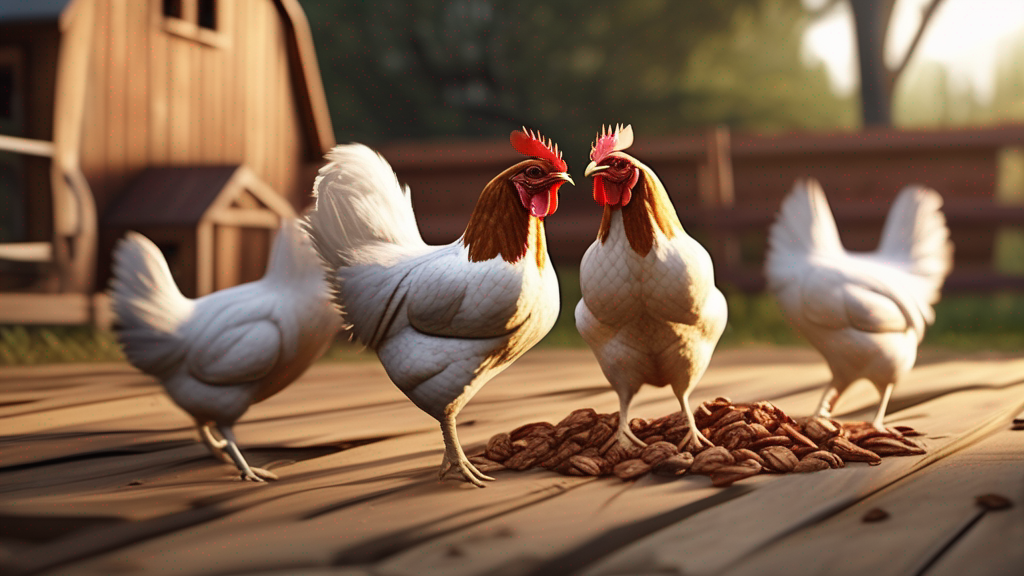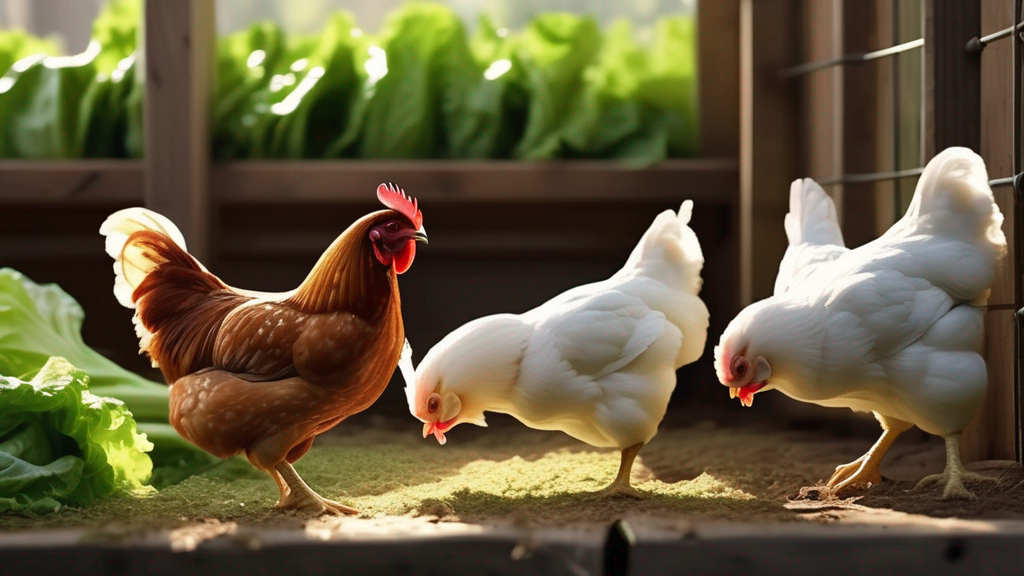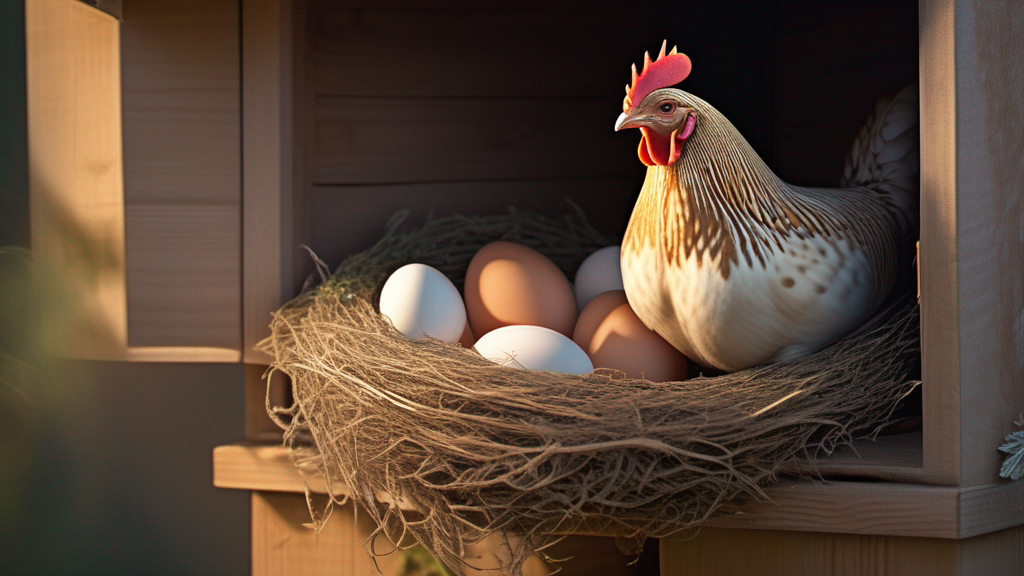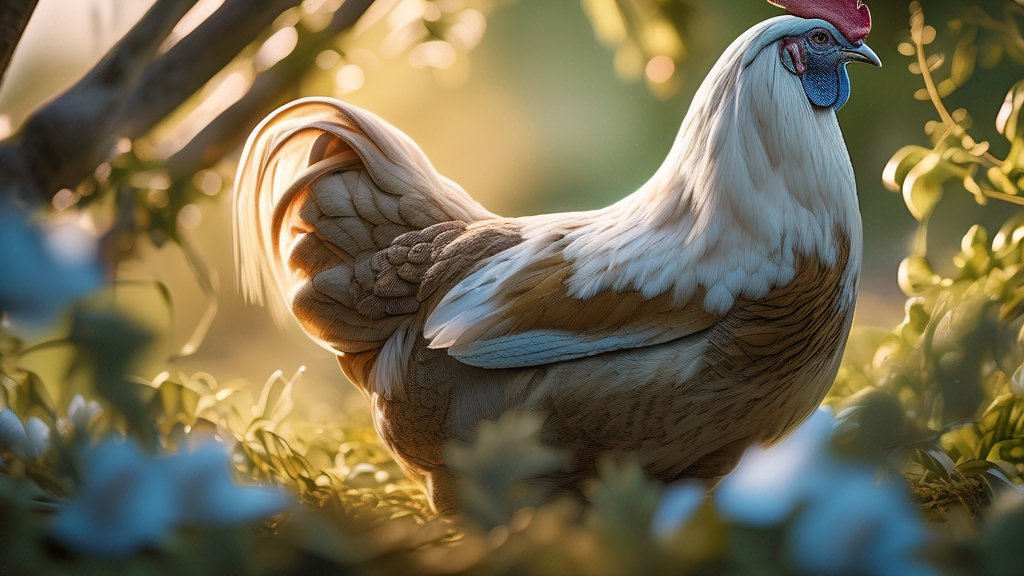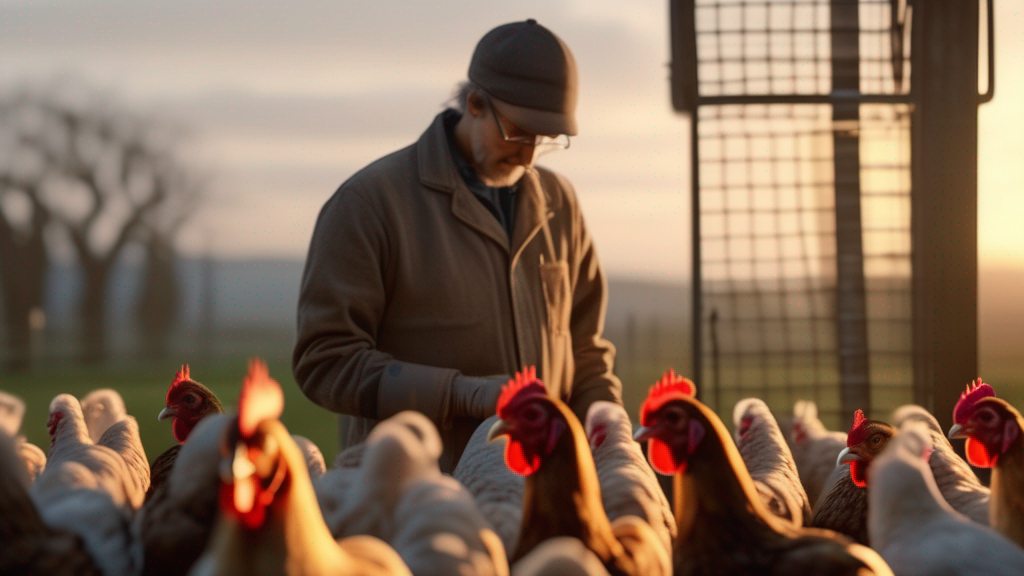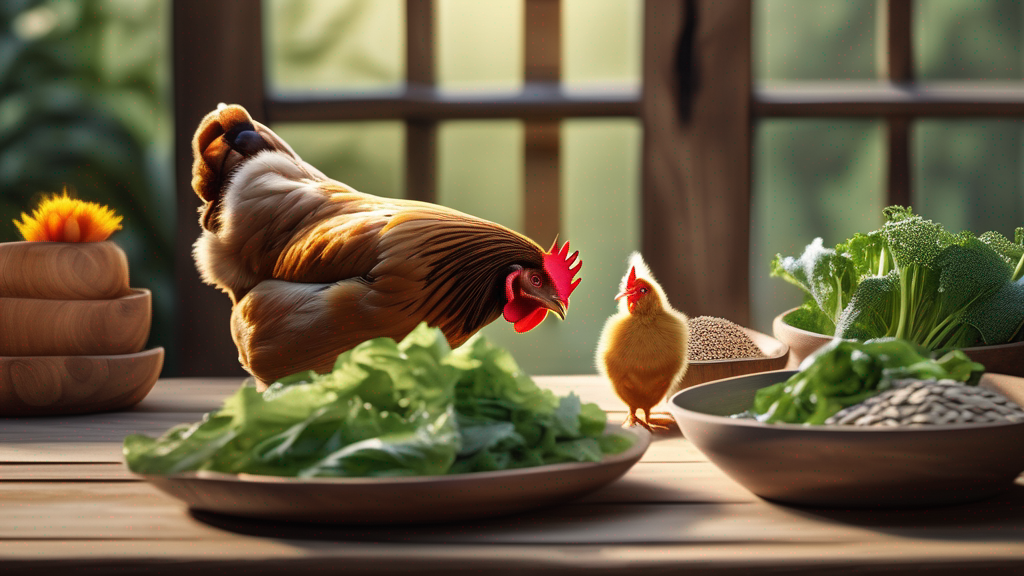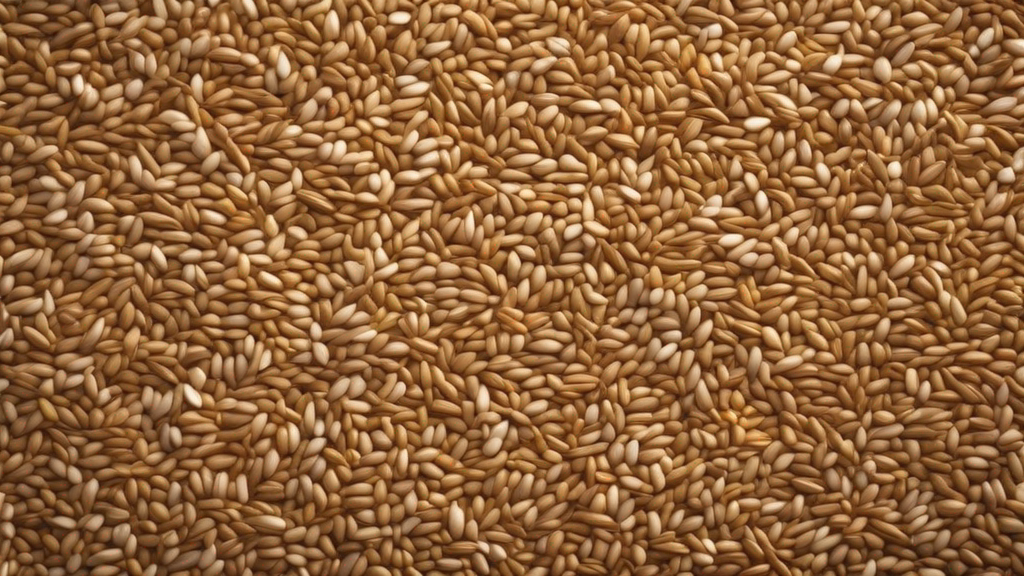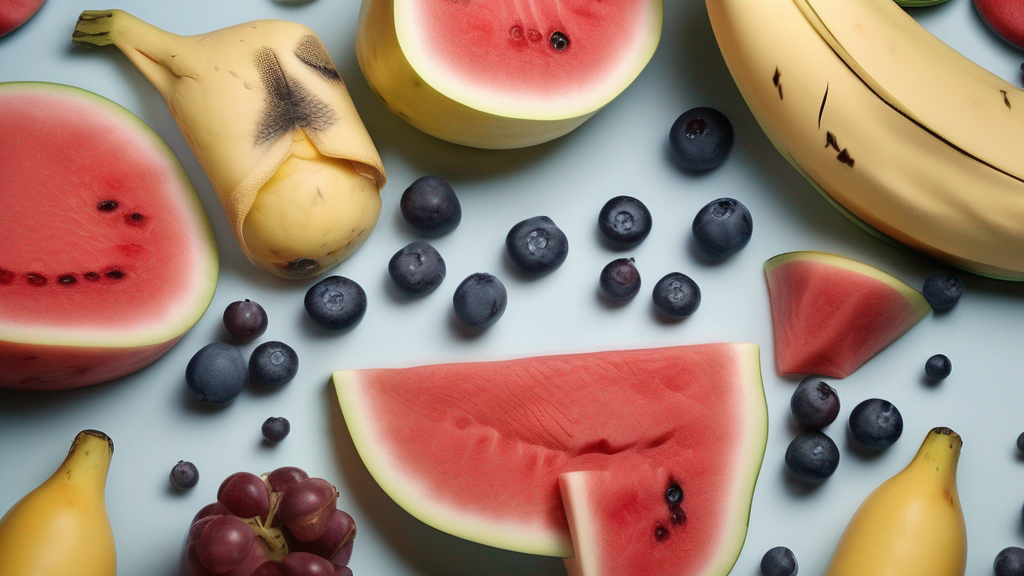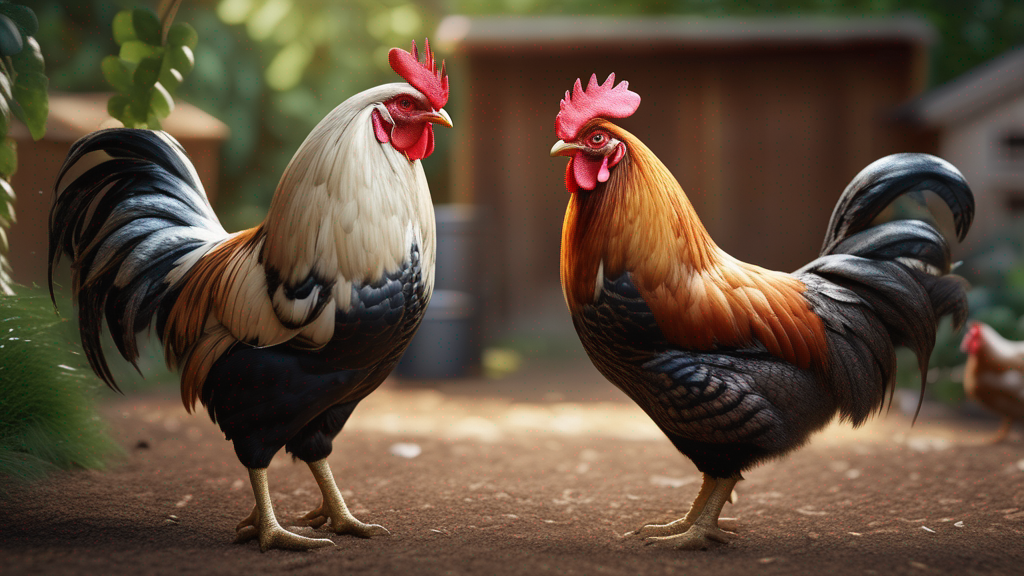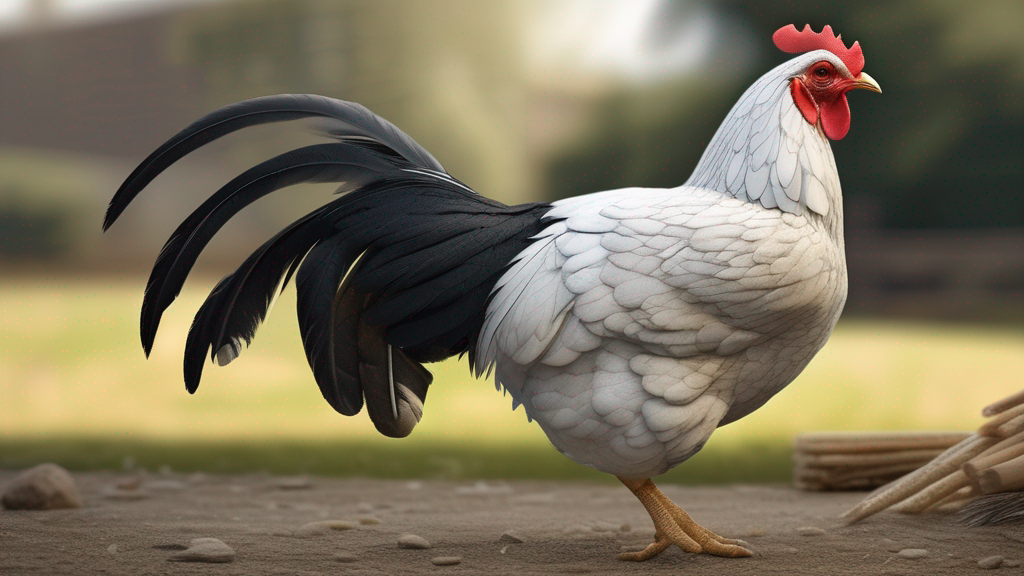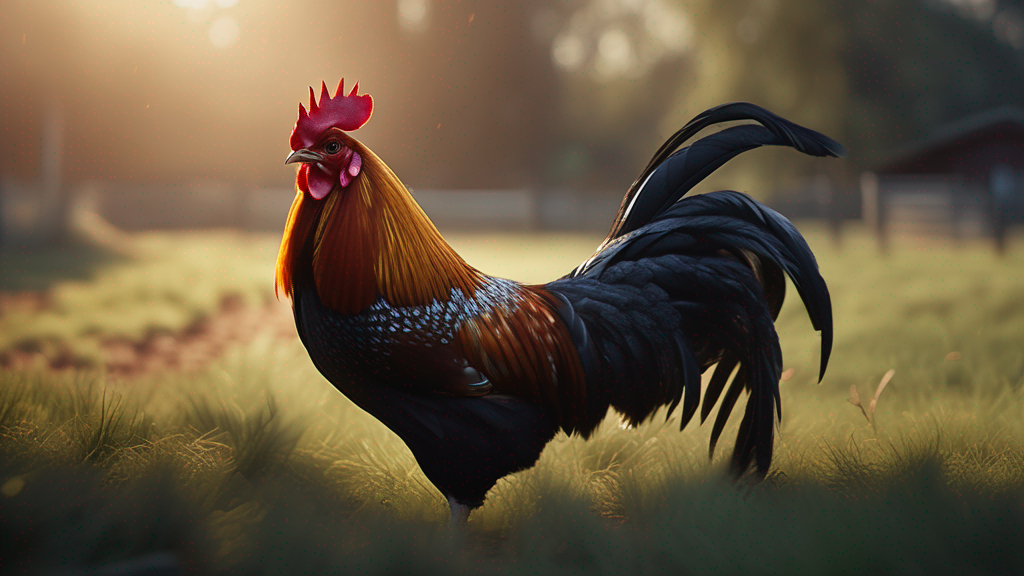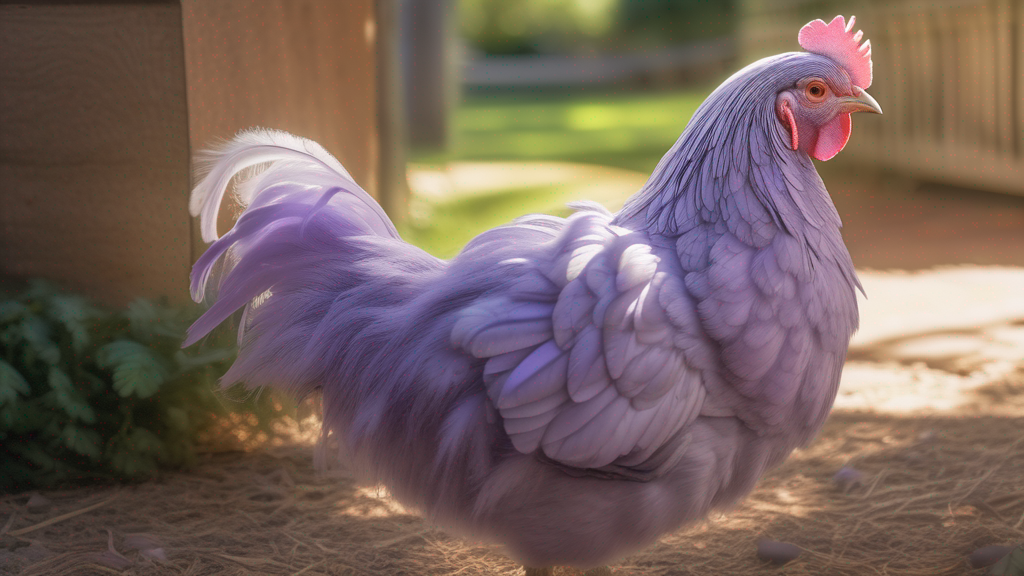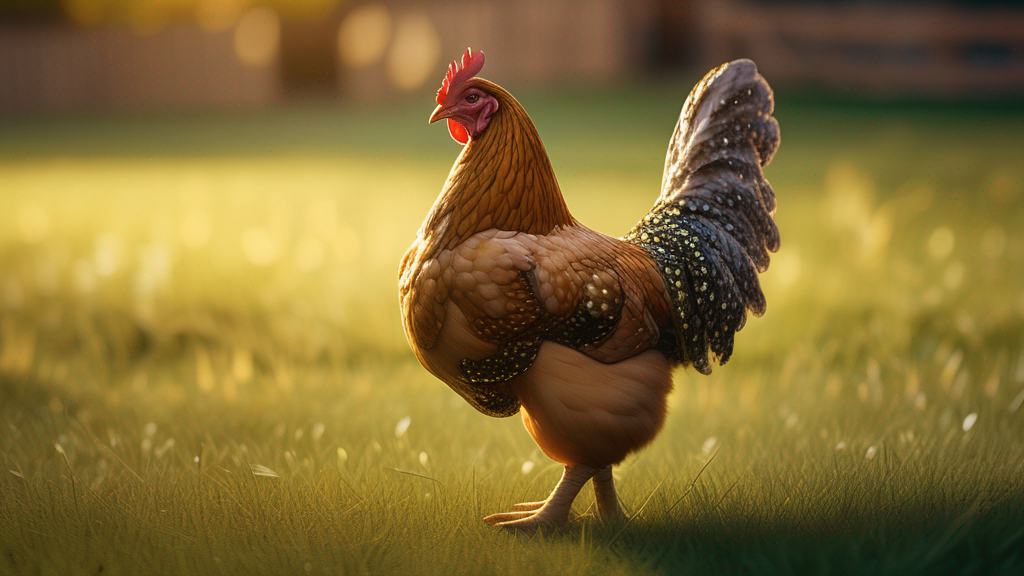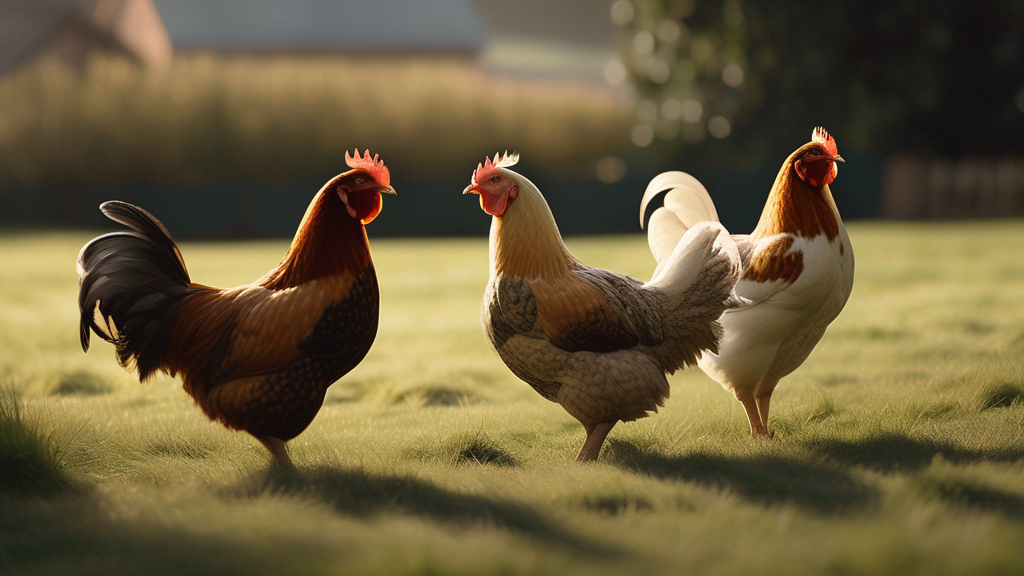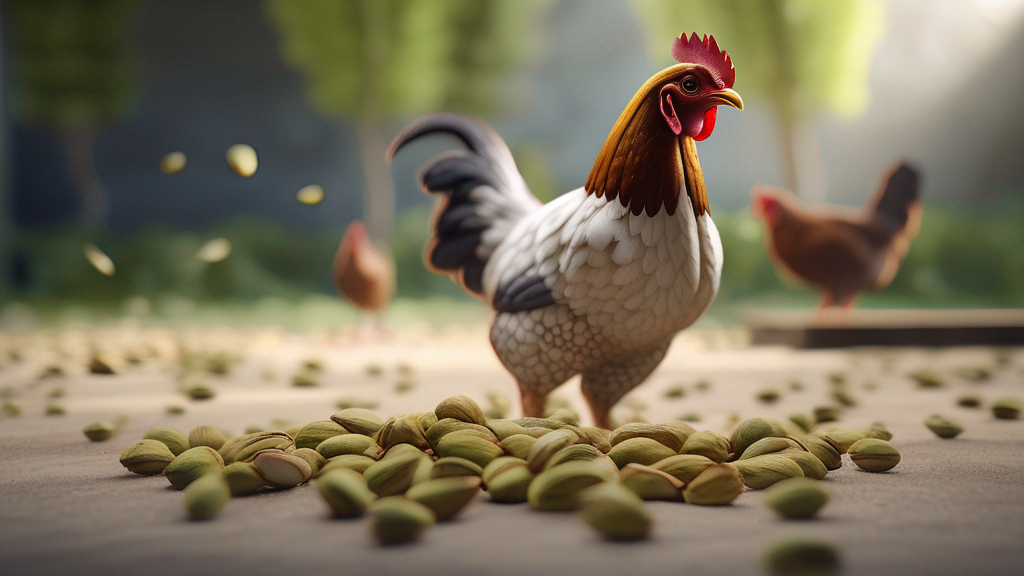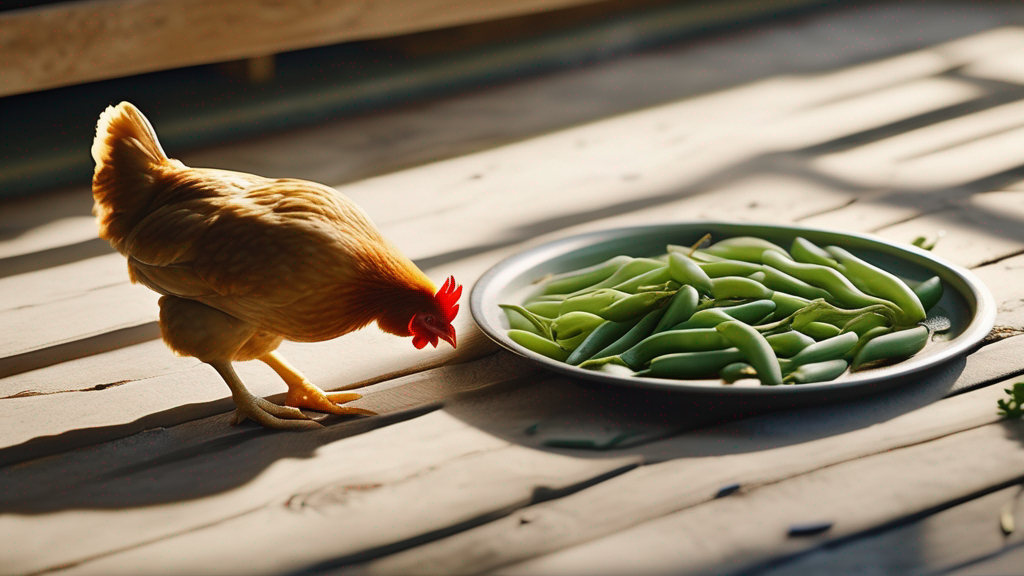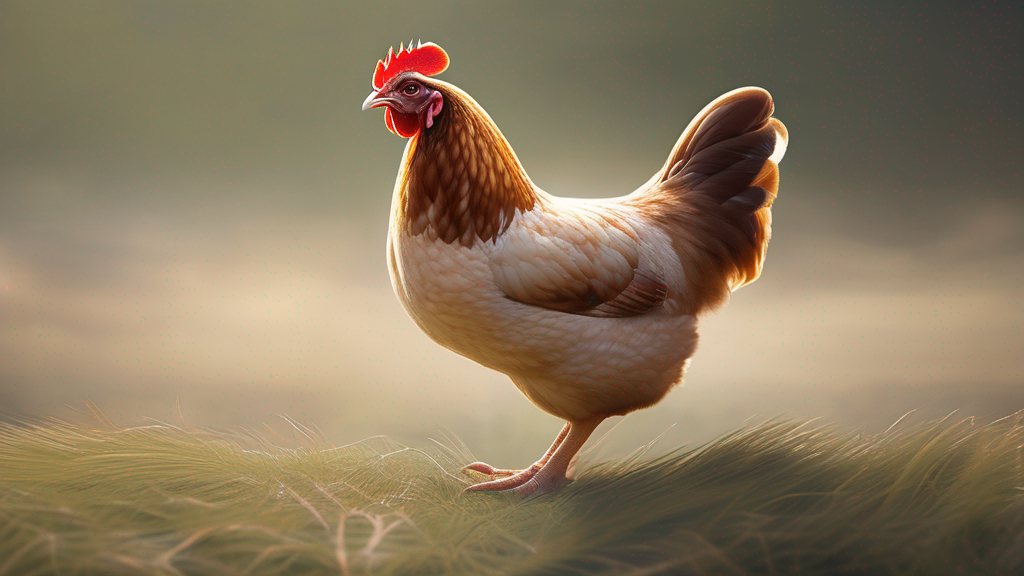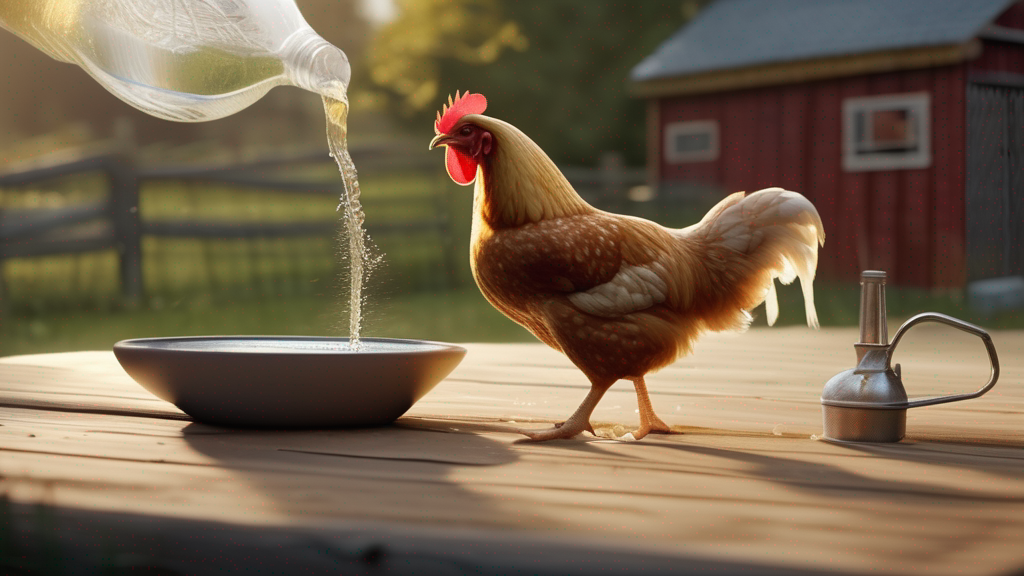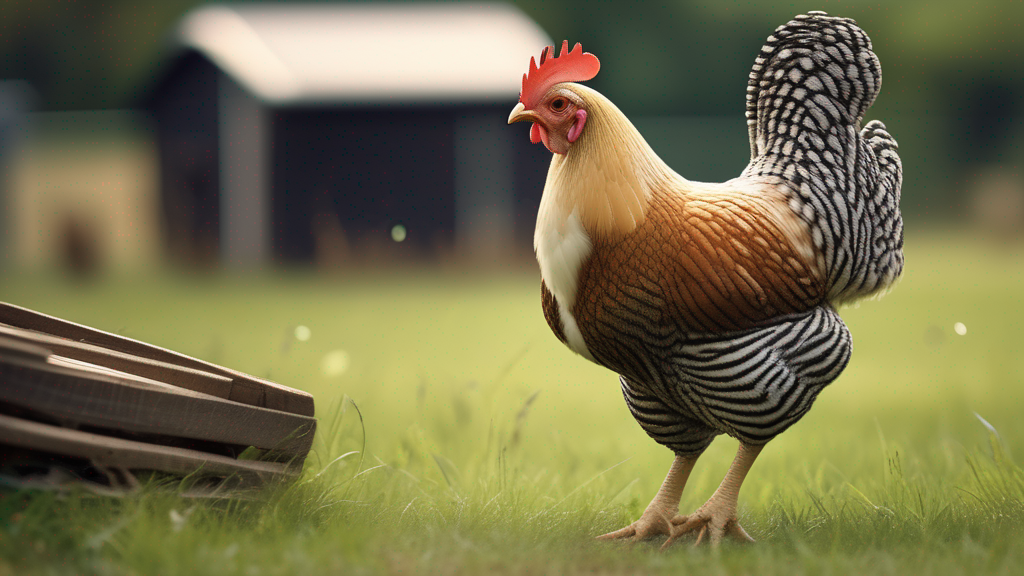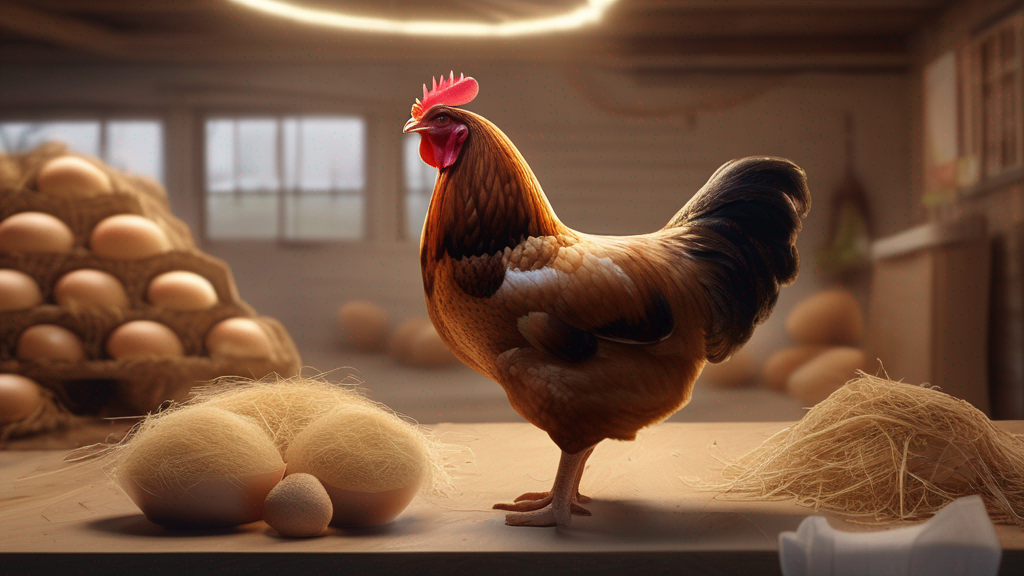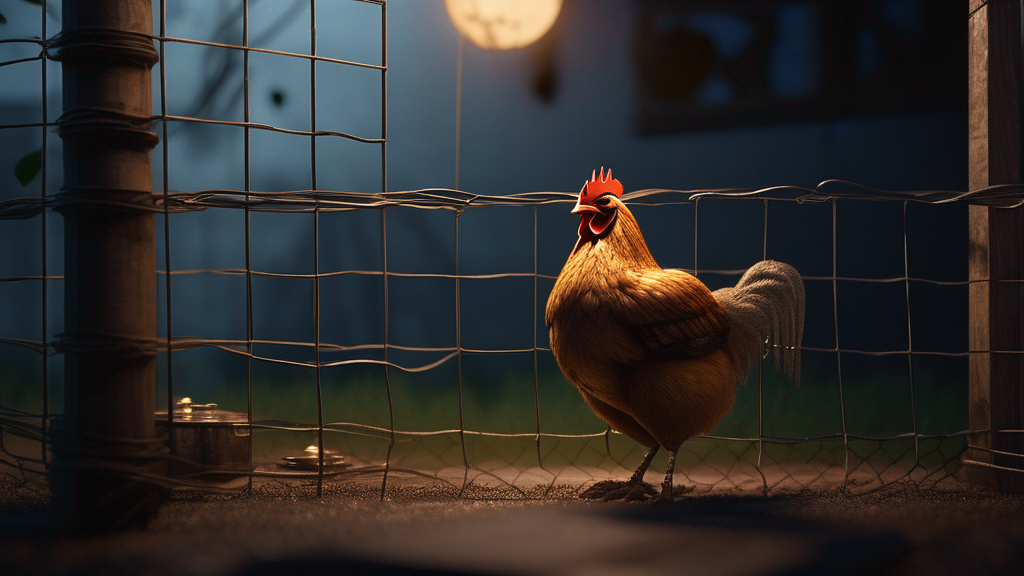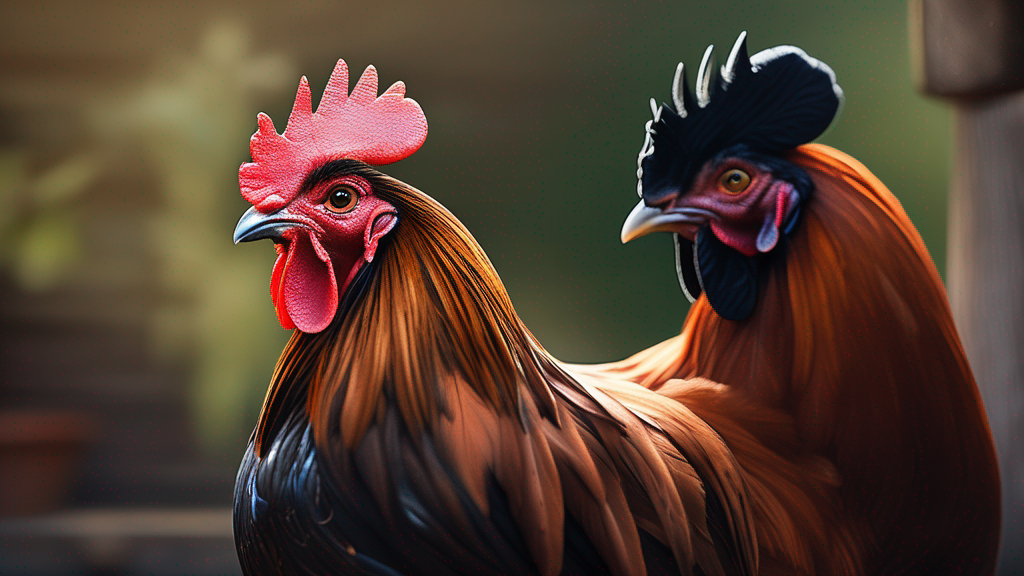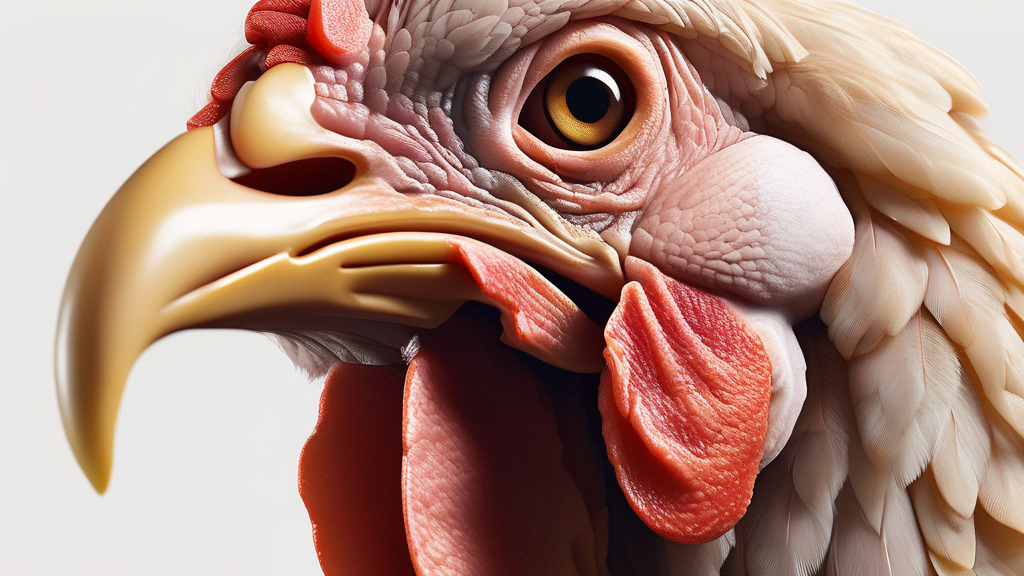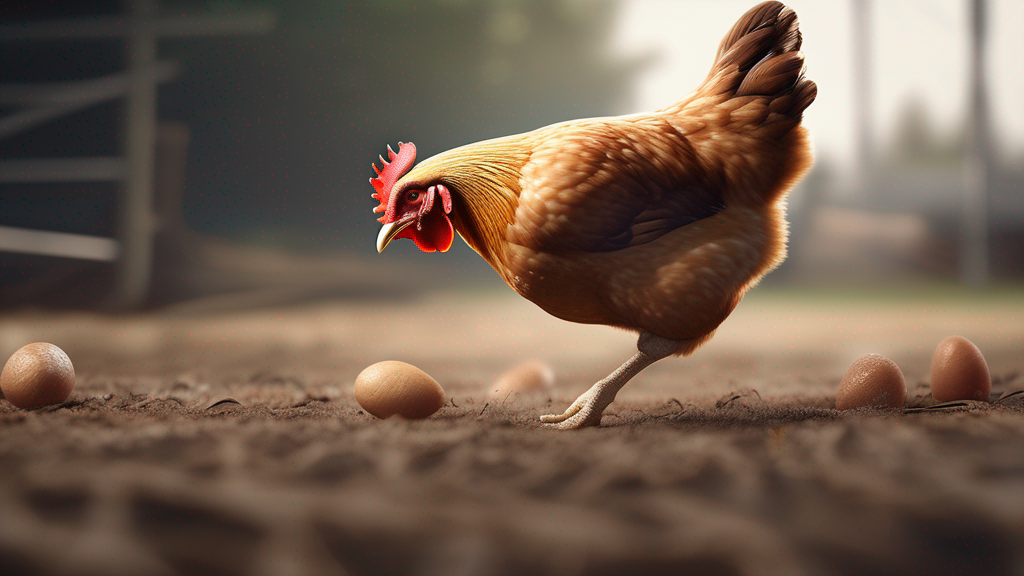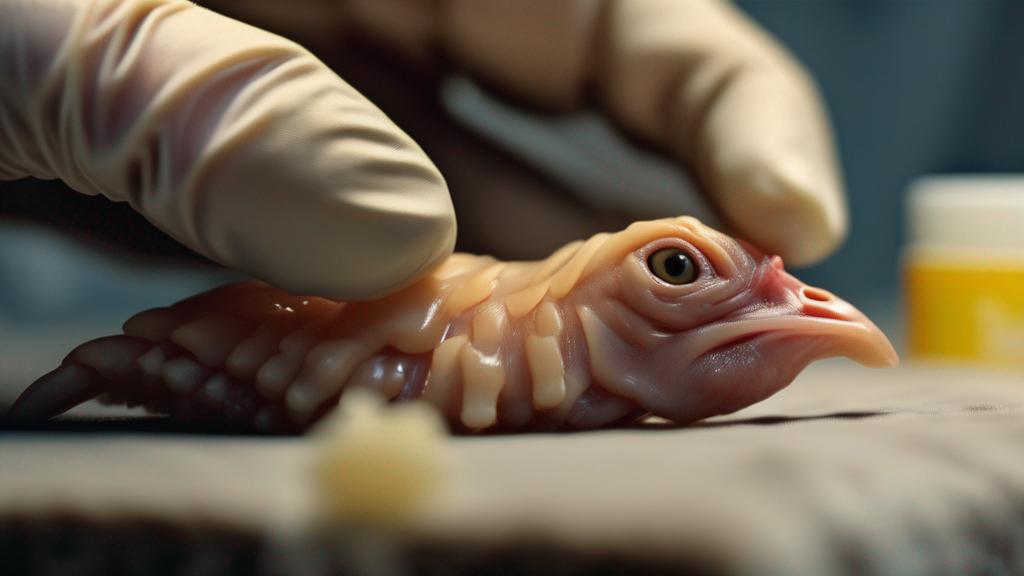Lavender Orpingtons are a captivating color variety within the popular Orpington breed, prized for their soft, silvery-lavender plumage and gentle dispositions. As a dual-purpose bird, they offer both attractive aesthetics and reliable performance in egg laying and meat potential. In this comprehensive guide, we delve into Lavender Orpington origins, physical characteristics, temperament, housing requirements, feeding strategies, health management, breeding considerations, and expert care tips to help you raise a thriving flock of Lavender Orpingtons.
Overview & History of Lavender Orpingtons
The Orpington breed originated in England in the late 19th century, developed by William Cook to create a heavy, hardy bird with excellent egg-laying ability and good meat quality. Over time, breeders introduced various color varieties—Black, Buff, Blue, White, and eventually Lavender. The Lavender Orpington emerged through selective breeding to achieve a uniform pale gray-lavender plumage across feathers, giving an elegant, muted appearance.
Though more recent compared to classic Black or Buff Orpingtons, Lavender Orpingtons have gained popularity among backyard keepers and exhibition enthusiasts for their unique coloration, calm temperament, and dual-purpose utility. They embody the Orpington’s hallmark traits: docile nature, cold-hardiness, good broodiness, and dependable egg production.
Physical Characteristics
Plumage & Coloration
Lavender Orpingtons exhibit a soft, uniform pale gray with a subtle lavender hue. Feathers often have a delicate luster in morning or evening light. Key points:
- Even Color Distribution: Ideal birds display consistent lavender-gray across body, wings, and tail without darker patches or uneven mottling.
- Slight Shading: Some individuals show slightly darker penciling on hackle or saddle feathers; breeders aim for minimal contrast to maintain the smooth lavender tone.
- Soft Feather Texture: Feathers are abundant and soft, providing insulation and a full-bodied appearance with minimal bare areas.
Size & Weight
As a standard Orpington variety, Lavender Orpingtons are medium-to-large birds with robust bodies:
- Roosters: Approximately 8–10 lbs (3.6–4.5 kg) at maturity.
- Hens: Approximately 6–8 lbs (2.7–3.6 kg) at maturity.
- Body Shape: Broad, deep bodies with a well-sprung keel and a full, rounded profile. The characteristic “fluffed” appearance results from soft, profuse plumage.
- Comb & Wattles: Single comb, medium size with 5–6 points; bright red in healthy birds. Wattles and earlobes are medium, proportional, and well-colored.
- Legs & Feet: Clean, medium-thick legs; typically slate or pinkish-gray in young stock, maturing to pale horn or yellowish tone. Toenails matching leg color; no feathering on legs.
Distinctive Features
- Feather Density: Orpingtons have abundant feathering that gives a puffed-up look. Lavender variety retains this characteristic, with feathers that appear especially soft in the pale color.
- Facial Expression: Gentle, calm demeanor often reflected in relaxed posture, soft eye expression, and minimal agitation in the presence of keepers or other birds.
- Seasonal Molt: Molt may reveal slightly darker underfeathers, but adults should regrow lavender plumage uniformly. During molt, ensure extra protein to support regrowth of dense feathers.
Temperament & Behavior
Lavender Orpingtons inherit the Orpington’s renowned temperament traits:
- Docile and Friendly: Generally calm around humans, tolerant of handling, suitable for families and novice keepers. They often allow petting and can become quite tame when socialized early.
- Broodiness: Many Lavender Orpington hens exhibit broodiness, making them reliable setters if you wish to hatch your own chicks. However, broodiness can reduce egg production temporarily; manage by either permitting incubation or breaking broodiness via removing eggs and encouraging activity.
- Foraging Behavior: Moderate foragers: they enjoy scratching in runs or free-range settings but are not hyperactive. They adapt well to both confined runs with enrichment and free-ranging environments with adequate space.
- Flock Dynamics: Generally integrate well with other calm breeds. Their mild nature means they seldom bully or are bullied, provided flock companions are of similar temperament. Introducing more assertive breeds may require observation to maintain harmony.
- Noise Level: Orpingtons are not excessively noisy; roosters crow, but hens tend to cluck softly. Lavender Orpingtons maintain this moderate noise profile.
Egg Production & Quality
Lavender Orpington hens are dependable layers, though not the highest producers compared to specialized egg-laying breeds. Expect:
- Annual Egg Count: Approximately 150–200 medium to large brown eggs per year under good conditions.
- Egg Size: Medium to large, with strong shells when calcium intake is adequate.
- Onset of Lay: Typically 20–24 weeks of age, influenced by season, nutrition, and daylight length.
- Seasonal Variation: Egg production declines in winter or during molt. Supplemental lighting (up to 14–16 hours of light) may help maintain production but should be managed carefully to allow natural rest periods.
- Egg Appearance: Uniform brown shade; shell strength benefits from balanced layer feed and free-choice calcium source.
Housing & Environmental Needs
Coop Space & Ventilation
Proper housing is critical for health and productivity:
- Space per Bird: Minimum 4 sq ft per bird inside the coop. Given their size and feather density, ensure adequate personal space to reduce overheating and feather damage.
- Roosting Bars: Provide sturdy perches about 2–3 feet off the ground. Allow 8–12 inches of perch length per bird so they can roost comfortably without crowding.
- Nesting Boxes: One nesting box per 4–5 hens. Boxes lined with soft, clean bedding (pine shavings) provide comfort. Keep nesting area darker and quiet to encourage consistent laying.
- Ventilation: Good airflow prevents moisture buildup and ammonia accumulation, reducing respiratory issues. Ensure vents are above roost height to avoid drafts directly on birds while allowing fresh air exchange.
- Insulation & Temperature: Lavender Orpingtons have dense feathers that insulate well in cold. In colder climates, protect from drafts and add supplemental heat only if necessary. In hot climates, ensure shade, good ventilation, and prevent heat stress—avoid overcrowding and provide cool water.
Outdoor Run & Free-Range
Access to outdoor space enriches Orpington behavior and health:
- Run Size: Minimum 8–10 sq ft per bird in the run. More space reduces boredom and pecking tensions.
- Free-Range Considerations: If predators are controlled and environment safe, Lavender Orpingtons forage moderately, benefiting from insects and greens. Supervise or use guardian methods to protect from predators if necessary.
- Enrichment: Scatter scratch grains, provide dust-bathing areas with fine soil or sand, hanging vegetables or treat dispensers to encourage natural foraging and reduce repetitive behaviors.
- Shelter: In run or free-range, ensure shaded spots and shelter from rain or wind. Orpingtons may struggle in extreme heat, so tree cover or shade cloth is beneficial.
Feeding & Nutrition
Starter, Grower, and Layer Feeds
Balanced nutrition underpins growth, feathering, and egg-laying:
- Starter Feed (Chicks to ~8–10 weeks): 18–20% protein to support rapid growth and immune health. Use crumble or small pellet form for easy consumption by chicks.
- Grower Feed (~10–18 weeks): 16–18% protein to maintain steady growth without excess fat deposition. Monitor body condition to ensure they reach proper weight prior to lay onset.
- Layer Feed (From ~18–20 weeks onward): 16–18% protein with sufficient calcium (3.5–4%) for eggshell formation. Provide free-choice oyster shell or crushed limestone so hens self-regulate calcium intake.
Supplements & Treats
Moderate treats enrich diet but avoid overfeeding:
- Calcium Source: Free-choice oyster shell for layers to maintain shell quality. Avoid excessive grit that may reduce feed intake.
- Grit: Provide insoluble grit if birds free-range or consume whole grains, aiding gizzard function.
- Protein Boost: During molt or broodiness, offer small amounts of mealworms or high-protein treats to support feather regrowth and energy needs.
- Vegetable Scraps: Leafy greens, carrot scraps, pumpkin pieces provide vitamins. Feed in moderation to avoid dilution of balanced feed intake. Lavender Orpingtons generally accept greens readily.
- Scratch Grains: Offer sparingly (no more than 5–10% of daily intake) as foraging enrichment. Scatter to encourage activity.
- Fresh Water: Provide constant access to clean water. In hot weather, consider multiple water stations or shallow water dishes to help with cooling.
Health Management & Common Issues
Parasite Control
- External Parasites: Mites and lice can hide in dense plumage. Provide dust-bathing areas and inspect feathers regularly. Treat promptly with poultry-safe products if infestation detected.
- Internal Parasites: Worm burdens can weaken Orpingtons. Conduct periodic fecal checks or deworm according to local veterinary guidelines. Ensure clean environment and rotate pastures if free-ranging.
Respiratory Health
- Ventilation: Proper coop ventilation reduces respiratory disease risk. Monitor for sneezing, nasal discharge, or labored breathing. Address damp bedding or poor airflow immediately.
- Avoid Overcrowding: Dense feathering may trap moisture; avoid high stocking density indoors. Keep bedding dry and clean.
Molt & Feather Care
- Molting Season: Typically annual. Provide extra protein and maintain calm environment to reduce stress. Expect reduced egg production during molt.
- Feather Damage: Watch for pecking or abrasion from coop fittings. Ensure smooth perches and adequate space so wings and tail feathers are not damaged by crowding or sharp edges.
Broodiness & Reproductive Health
- Broody Hens: Lavender Orpington hens can go broody. If hatching desired, ensure hen has quiet nest location, easy access to feed and water. If undesired, break broodiness by removing eggs, providing distractions, and ensuring activity.
- Egg-Binding: In laying hens, monitor for signs (straining, lethargy). Provide adequate calcium and a calm nesting environment. Consult a poultry veterinarian if egg-binding suspected.
Foot & Leg Health
- Bumblefoot Prevention: Maintain clean, dry coop floor and perches. Check feet regularly for swelling or lesions.
- Splayed Leg or Spraddle Leg in Chicks: Provide proper bedding (paper towel or rubber mat initially) to ensure traction. Avoid slippery surfaces for young Lavender Orpington chicks, as they can grow heavy quickly.
Obesity & Weight Management
- Lavender Orpingtons are prone to weight gain due to moderate activity levels and hearty appetites. Monitor body condition: keel prominence and breast muscle feel. Avoid excessive high-calorie treats. Encourage foraging and exercise.
- During non-laying periods, reduce high-energy treats or scratch grains to prevent overweight hens, which can lead to fatty liver or reduced mobility.
Breeding & Genetics
Breeding Lavender Orpingtons
- Color Genetics: Lavender is a dilution gene affecting eumelanin pigmentation. Breeding two Lavender Orpingtons typically yields Lavender offspring; crossing with other colors may produce split or mixed results. Understanding genetics is important for consistent color results.
- Selecting Breeding Stock: Choose birds with uniform lavender color, strong body conformation, good health, and calm temperament. Avoid birds with patchy or uneven coloration if aiming for exhibition-standard plumage.
- Rooster-to-Hen Ratio: One rooster per 8–10 hens is recommended for balanced mating without overburdening hens. Monitor mating behavior to ensure hens are not stressed by excessive attention.
- Incubation: Collect fertile eggs daily; store properly if not setting immediately. Use an incubator set to standard chicken settings (around 99.5°F / 37.5°C, 50–55% humidity initially). Or allow a broody Lavender Orpington hen to sit naturally, ensuring she has adequate nutrition and water access.
- Chick Care: Provide appropriate brooder setup: heat lamp, non-slip flooring, starter feed (18–20% protein), fresh water. Monitor chicks for leg health due to their rapid growth potential.
Genetic Diversity & Line Management
Because Lavender Orpingtons may be less common than other color varieties, maintain genetic diversity by sourcing stock from multiple lines or breeders. Avoid close inbreeding to reduce risk of health issues. Participate in breeder networks or reputable hatcheries to access varied genetic stock.
Comparison Tables & Statistics
Characteristic Comparison: Lavender vs. Other Orpington Varieties
| Characteristic | Lavender Orpington | Buff Orpington | Blue Orpington | Black Orpington |
|---|---|---|---|---|
| Plumage Color | Pale gray-lavender | Warm buff/golden | Soft slate-blue | Deep black with green sheen |
| Egg Production | 150–200 eggs/yr | 180–220 eggs/yr | 160–200 eggs/yr | 160–200 eggs/yr |
| Heat Tolerance | Moderate; lighter color may reflect some heat | Moderate; buff may absorb some heat | Moderate | Moderate; black may absorb heat, needs shade |
| Cold Hardiness | High; dense plumage | High | High | High |
| Broodiness | Common | Common | Moderate | Moderate |
| Temperament | Docile, friendly | Docile, friendly | Docile to moderate | Calm, slightly reserved |
| Availability | Less common, specialty breeders | Widespread | Moderately available | Moderately available |
Weight & Growth Milestones
| Age | Expected Weight (Hen) | Expected Weight (Rooster) | Milestone |
|---|---|---|---|
| 4 weeks | ~1 lb (450 g) | ~1.2 lbs (550 g) | Rapid chick growth; feathering begins |
| 8 weeks | ~2–2.5 lbs (900–1,100 g) | ~2.5–3 lbs (1,100–1,350 g) | Grower phase; transition from starter feed |
| 12 weeks | ~3.5–4 lbs (1.6–1.8 kg) | ~4–5 lbs (1.8–2.3 kg) | Feathering near adult; some comb development |
| 16 weeks | ~4.5–5.5 lbs (2.0–2.5 kg) | ~5.5–6.5 lbs (2.5–3.0 kg) | Approaching laying age; transition to layer feed |
| 20–24 weeks | 6–8 lbs (2.7–3.6 kg) | 8–10 lbs (3.6–4.5 kg) | Sexual maturity; first eggs; roosters crow; full adult plumage |
Expert Care Tips
- Early Socialization: Handle chicks gently from the first week to foster trust. Lavender Orpingtons respond well to human interaction and are less flighty when accustomed early.
- Bedding Choices: Use absorbent, non-slip bedding for chicks (paper towel or rubber mat initially) to prevent splay leg. Transition to pine shavings or hemp for grow-out. Ensure dry, clean bedding to reduce respiratory risks.
- Temperature Management: Maintain brooder temperature ~95°F (35°C) at hatch, reducing by 5°F per week until ambient. As adults, protect from extreme heat with shade or misters; in cold, ensure draft-free coop with proper ventilation.
- Diet Monitoring: Track growth and body condition. Avoid overfeeding to prevent obesity. Provide grower feed until ~18 weeks, then layer feed. During molt, introduce extra protein sources (mealworms) to support feather regrowth.
- Health Checks: Inspect regularly for parasites, foot issues, and early signs of disease. Lavender plumage can reveal mites or lice more easily than darker birds; check under feathers for red mites or lice activity.
- Broodiness Management: If hatching chicks is desired, allow broody hens to set in a safe, quiet area with easy feed/water access. If broodiness is unwanted, break by removing eggs frequently, increasing light and activity, or temporarily separating hen from nest.
- Enrichment & Foraging: Scatter treats, provide dust-bathing areas, and perches at varied heights. Lavender Orpingtons appreciate moderate activity; enrichment reduces boredom and feather pecking.
- Flock Integration: Introduce new Lavender Orpingtons gradually using visual separation first. Observe temperament compatibility with existing breeds; maintain balanced group sizes to minimize bullying or stress.
- Lighting & Lay Management: Mimic natural daylight cycles; avoid excessive artificial light which can overstress laying system. In winter, consider gentle supplemental lighting only if egg production goals require it, while allowing natural rest periods.
- Record-Keeping: Maintain a journal of hatch dates, weights, laying onset, and any health events. This helps refine feeding schedules, anticipate molt, and plan breeding selections.
Common Questions (FAQs)
How many eggs do Lavender Orpingtons lay?
Expect approximately 150–200 medium-to-large brown eggs per year under good management. Seasonal dips in winter and during molt are normal.
Are Lavender Orpingtons good for beginners?
Yes. Their friendly disposition, hardiness, and moderate production make them suitable for first-time chicken keepers. Their calm nature simplifies handling and flock management.
Do Lavender Orpingtons free-range well?
They are moderate foragers. Given a safe environment, they will benefit from free-ranging, but they also adapt well to runs with enrichment. Monitor exposure to predators and provide shelter.
How do I manage broodiness in Lavender Orpington hens?
Many hens go broody. To hatch chicks, allow a quiet nesting area with easy access to food and water. To discourage broodiness, collect eggs frequently, increase light and activity, or provide distractions like foraging opportunities.
What health issues are Lavender Orpingtons prone to?
Generally hardy, but watch for obesity, parasite infestations (mites, lice), and respiratory concerns from damp bedding. Their pale plumage makes parasite detection easier. Maintain clean housing, balanced diet, and routine health checks.
How do I achieve consistent lavender coloration?
Breeding two true Lavender Orpingtons typically yields consistent lavender offspring. Avoid crossing with other color varieties unless experienced with color genetics. Select breeders with uniform, even lavender plumage and minimal shading irregularities.
What coop temperature suits Lavender Orpingtons?
As chicks, follow standard brooder temperature. As adults, their dense feathers handle cold well; ensure coop is draft-free but ventilated. In hot weather, provide shade and ventilation; avoid overcrowding to reduce heat stress.
How much space do they need?
Provide a minimum of 4 sq ft per bird inside the coop and 8–10 sq ft per bird in a run. More space reduces stress and encourages healthy activity levels, which helps prevent obesity and feather damage.
Pros & Cons of Lavender Orpingtons
| Aspect | Pros | Cons |
|---|---|---|
| Appearance | Unique, elegant lavender-gray plumage; eye-catching in flock | Less common variety; may be harder to source quality stock |
| Temperament | Docile, friendly, easy to handle | Very calm nature may limit alertness to predators if free-ranging unsupervised |
| Egg Production | Reliable layers of brown eggs (150–200/yr) | Not top-tier egg producers compared to specialized layers |
| Broodiness | Good setters for natural hatching | Broodiness can reduce lay; requires management if consistent egg supply desired |
| Hardiness | Cold-tolerant; dense feathering | Dense plumage can lead to overheating in extreme heat; monitor climate |
| Foraging | Moderate foragers; adaptable to runs or free-range | Less active than some breeds; risk of obesity without enrichment |
| Availability | Specialty appeal; valued by enthusiasts | May cost more; limited hatchery or breeder availability |
| Meat Potential | Dual-purpose: good body size for meat after laying years or roosters for processing | Slower growth than industrial meat breeds; meat yield moderate |
Conclusion
Lavender Orpingtons combine the Orpington breed’s hallmark virtues—gentle temperament, cold-hardiness, broodiness, and dual-purpose capability—with a striking, refined lavender-gray plumage. They suit backyard keepers seeking both attractive birds and reliable egg layers, as well as those wishing to hatch their own chicks. While they may not be the highest egg producers among specialized layers or the fastest meat birds, their balanced qualities, ease of handling, and ornamental appeal make them a rewarding addition to many flocks.
Raising Lavender Orpingtons successfully involves providing proper housing with adequate space and ventilation, balanced nutrition through starter, grower, and layer feeds, routine health management to prevent parasites and respiratory issues, and enrichment to support moderate activity levels. Manage broodiness according to your goals—either encouraging natural setting of eggs or breaking broodiness to maintain consistent laying. When breeding, select quality stock with uniform lavender coloration and maintain genetic diversity.
By following expert care tips—early socialization, careful monitoring of weight and health, seasonal adjustments in feeding and environment, and thoughtful flock integration—you can enjoy a harmonious flock of Lavender Orpingtons that thrive, produce eggs, and display their distinctive beauty in your backyard homestead.
